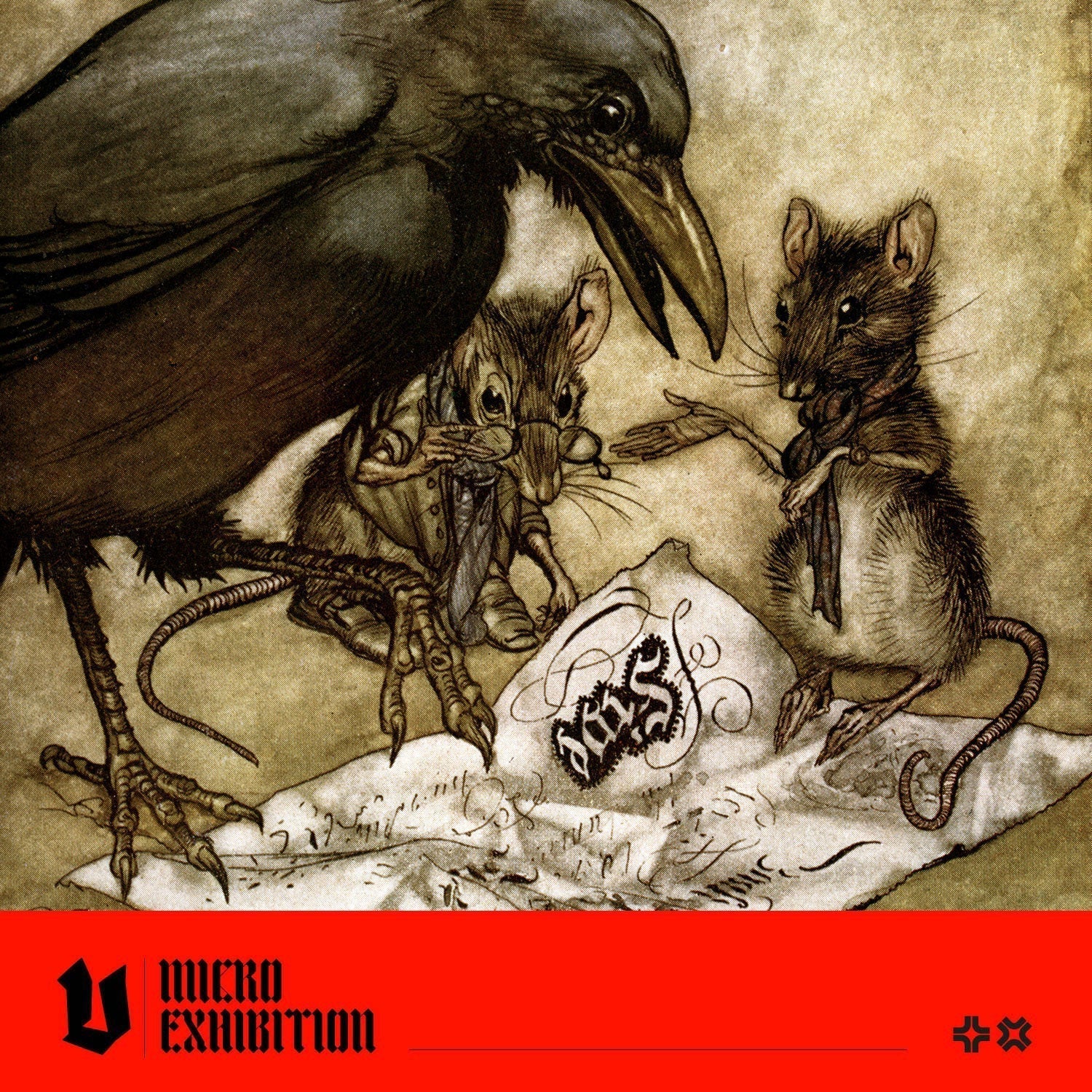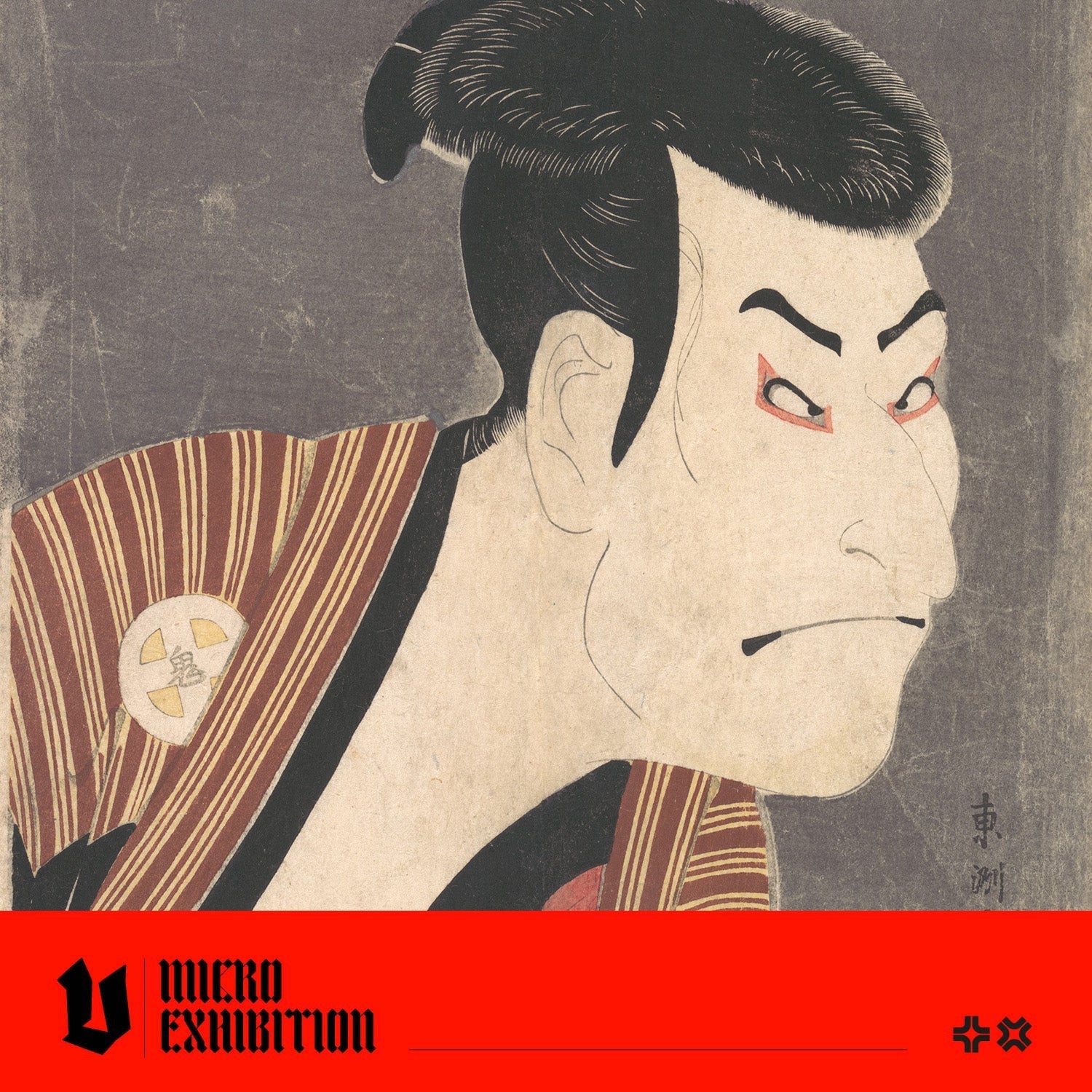The History & Symbolism of Gargoyles: What They Mean & a Common Mistake to Avoid!
Mysterious, monstrous, and steeped in symbolism, gargoyles have adorned important buildings for centuries. These eerie stone creatures are more than just decorative oddities—they were designed with both practical and spiritual purposes. From their origins as medieval water spouts to their potential role in warding off evil spirits, gargoyles have a fascinating history that blends function with folklore. In this post, we'll explore the history of these iconic figures—and reveal a common mistake people make when identifying them!
What is a Gargoyle?
A gargoyle is a decorative stone waterspout designed to drain rainwater and prevent it from causing damage to a building. Ancient civilisations, including the Egyptians, Greeks and Romans, used these spouts, but the monstrous gargoyles we're learning about today were popularised in Gothic architecture (mid-12th century to the 16th century) and its revival during the second half of the 18th century and throughout the 19th century. During the height of the Gothic era, gargoyles were made in the likeness of people, animals or mythical creatures, typically sculpted in a crouched position and extended several feet outward. Drainpipes replaced the use of gargoyles as these sculptures were expensive to create and maintain, and due to erosion, they could fall off the building and cause damage.

Gargoyles from France
Gargoyles Vs Grotesque: What is the Difference?
You may see a stone sculpture of a mythical creature and, at first glance, assume it is a gargoyle. However, if these carvings are not waterspouts, they are not technically gargoyles. Instead, they are known as grotesques. A grotesque is a fantastical figure carved from stone and placed on a building for decorative purposes. In architecture, a chimaera is a type of grotesque made of two or more species, such as a gryphon, with the head and wings of an eagle and the body of a lion.

Sphinx chimaera from Switzerland and France
Understanding the Significance of Gargoyle Design
The precise visual purpose of gargoyles is uncertain, but scholars have suggested several hypotheses. A prevalent theory is that these figures were designed to repel malevolent spirits and protect the buildings they decorated. People thought the more frightening the carving, the better they were at scaring away harm from the building.
There was also a practical purpose. Because many people in the Middle Ages were illiterate, churches used visual storytelling, including sculptures, to communicate religious ideas. These sculptures could have been moral lessons, reminding passers-by of the church's instructions or illustrating characters from Biblical teachings.

Chimaera from France
If you can visit Notre Dame Cathedral, don't forget to see the gargoyles and grotesques. These carvings are essentially the product of Eugène Viollet-le-Duc's 19th-century restoration. He and his team did not simply recreate medieval sculptures but reimagined them to reflect contemporary artistic tastes.
During the Gothic revival, there was an appreciation for the dramatic, mysterious, and supernatural. This is evident in the exaggerated and fantastical designs of Notre Dame's chimaera and grotesques. Unlike medieval gargoyles, some of Viollet-le-Duc's sculptures (such as the famous Le Stryge, the contemplative horned demon) were purely ornamental, showing how the restoration was about preservation and creating new, evocative imagery.
 Gargoyles from cathedrals in France and Germany
Gargoyles from cathedrals in France and Germany




